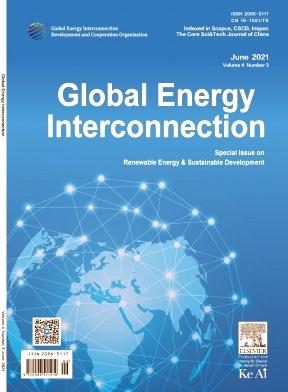Lessons from the development and operational experiences of international carbon markets for the construction of China’s carbon market
IF 1.9
Q4 ENERGY & FUELS
引用次数: 0
Abstract
With the intensifying global climate crisis, carbon emissions trading has emerged as a crucial market-based instrument for emissions reduction, attracting significant attention from government agencies and academia worldwide. As of January 2024, 28 carbon trading markets have been established globally, encompassing approximately 17% of global greenhouse gas emissions and serving approximately 1/3 of the global population. With various nations setting carbon neutrality targets and delineating carbon reduction pathways, the construction, operation, and regulatory frameworks of carbon markets are becoming increasingly refined and comprehensive. This study elucidates the importance and necessity of establishing carbon markets from the perspective of energy system transformation and sustainable economic development. Second, it provides a comparative analysis of the operational mechanisms, trading scales, and emission reduction outcomes of major carbon markets in the European Union, United States, and New Zealand, systematically summarizing their development processes and recent advancements. Finally, this study addresses issues and challenges in the construction of China’s carbon market. Drawing on the successful experiences of leading global carbon markets in institutional design and market operations, we propose development strategies and recommendations for a carbon market with Chinese characteristics. These strategies are intended to align with international standards while meeting China’s national conditions, thereby contributing insights into the global carbon market trading system.
借鉴国际碳市场的发展和运行经验,为中国碳市场的建设提供借鉴
随着全球气候危机的加剧,碳排放交易作为一种重要的以市场为基础的减排手段,受到了各国政府机构和学术界的广泛关注。截至2024年1月,全球已建立28个碳交易市场,约占全球温室气体排放量的17%,服务于全球约三分之一的人口。随着各国制定碳中和目标和碳减排路径,碳市场的建设、运行和监管框架日益完善和全面。本研究从能源体系转型和经济可持续发展的角度阐述了建立碳市场的重要性和必要性。其次,对欧盟、美国和新西兰主要碳市场的运行机制、交易规模和减排成果进行了比较分析,系统总结了其发展历程和最新进展。最后,本文提出了中国碳市场建设中存在的问题和面临的挑战。借鉴全球领先碳市场在制度设计和市场运作方面的成功经验,提出中国特色碳市场的发展策略和建议。这些战略旨在与国际标准接轨,同时符合中国的国情,从而为了解全球碳市场交易体系做出贡献。
本文章由计算机程序翻译,如有差异,请以英文原文为准。
求助全文
约1分钟内获得全文
求助全文
来源期刊

Global Energy Interconnection
Engineering-Automotive Engineering
CiteScore
5.70
自引率
0.00%
发文量
985
审稿时长
15 weeks
 求助内容:
求助内容: 应助结果提醒方式:
应助结果提醒方式:


